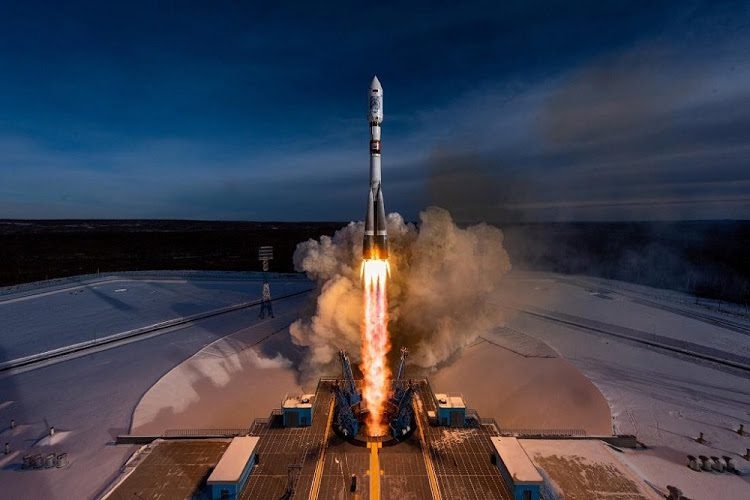On 25th December, South Africa launched ZACube-2, the most advanced Nanosatellite from Africa on the Soyuz rocket in Baikonur, Russia.
ZACube-2 nano satellite was developed by the Satellite Programme of the CPUT French South African Institute of Technology (F’SATI), which is based at the Bellville campus.
The ZACube-2 was launched together with several small satellites from the United States, Japan, Spain, and Germany and will be orbited as secondary payload in a launch mission designed for real-time monitoring of natural and man-made disasters and other emergencies.
Prof Robert van Zyl the F’SATI director disclosed that the ZACube-2 is a triple unit CubeSat so it is three times the size of its predecessor, which was called TshepisoSat, weighing only 4 kg.
It is a precursor to the MDASat, a constellation of nine nanosatellites that will be developed to provide very high frequency data exchange communication systems to the maritime industry.
The main payload on the satellite is an AIS (automatic identification system) receiver with which navigational data will be received from ships along our coast. This data, which includes the ships’ GPS coordinates, registration information, speed and direction of travel, will assist the authorities to track ship traffic in our exclusive economic zone, and improve the safety of ships. ZACube-2 also carry an advanced camera, which will detect forest and velds fires. ZACube-2 serves as a precursor mission for two future satellite constellations – the one for Maritime Domain Awareness in support of Operation Phakisa and the other a FireSat constellation to track fire on the African continent,” says Van Zyl.
ZACube-2 demonstrate the functioning of two payloads. A Software Defined Radio AIS receiver and a novel Fire Detection Imager. It carries our new X-band payload data transmitter and a high speed version of our S-band transmitter
The ZACube-2 mission is an initiative funded by the Department of Science and Technology, the South African National Space Agency, the National Research Foundation and the Cape Peninsula University of Technology. Other technology partners on the project include the CSIR, Stone Three, Clyde Space, Stellenbosch University and Astrofica.
The Department of Science and Technology (DST) has invested ZAR 16.5 million in the Cape Peninsula University of Technology (CPUT) for the project in support of Operation Phakisa. The project is managed by the DST’s South African National Space Agency (SANSA), in cooperation with the University of Montpellier, the French Embassy and the Paris Chamber of Commerce.






